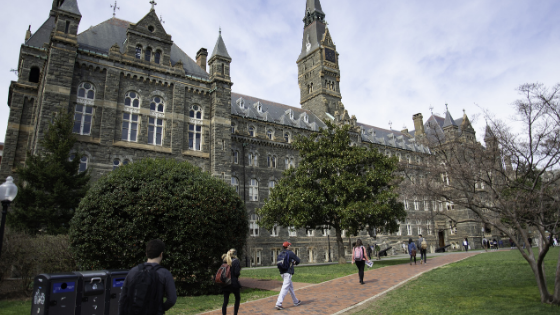The idea of safety programs for universities encompasses far more than just keeping students safe from crime. From residential life to academics, recreational activities, and the necessary facilities work that keeps a campus appropriately heated, cooled, and well-lit, safety programs for universities must include them all.
Safety Programs for Universities Are All-Encompassing
Colleges and universities have many activities that take place on campus that are subject to safety planning. Everything from sporting events to the work that takes place in science labs, dorm kitchens and cafeterias, and facilities are places where a safety incident can occur.
Schools may also be vulnerable to natural disasters like tornadoes, hurricanes, earthquakes, and snowstorms, presenting different kinds of safety threats to students, faculty, staff, and even property.
Training Is Key
Campuses are often full of not just students but faculty, employees and in many cases, visitors. There’s typically little if any barrier to the campus itself; people can just walk or drive through the property.
Because of the broad scope and nature of the potential safety issues, campus security programs need to be robust and comprehensive. Campus emergencies can generate a lot of confusion. If school safety teams are well-trained and have a strong safety plan to rely on, it can cut down on the serious impact of a safety incident.
Adherence to Regulations
Having a safety plan in place can streamline the process for data collection and reporting related to safety incidents on an ongoing basis.
For example, the Clery Act requires schools to measure the incidence of seven types of crime, from sexual assault to arson and robbery. Safety planning can reduce these incidents, and having to report on them annually can show areas of concern as well as areas of achievement in reducing crime on campus.
Safety planning has the added benefit of improving response times of campus law enforcement to incidents because they’re already trained according to established safety programs.
Benefits in Addition to Physical Safety
Some campus safety incidents could raise compliance, legal, and regulatory liabilities. This is especially true in locations like academic labs and facilities where certain chemicals are under strict rules for access, storage, and usage.
In these cases, safety planning may be required by law or by school rules. It may also be to the school’s benefit to show that safety measures, including employee, staff or student training, were in place, and everything possible was done to minimize and mitigate damage.
Safety programs for universities can be large and complex in nature, given the size and variety of activities that take place on campus. They generally need to include students, faculty, staff, and visitors, as well as the types of safety incidents that could occur.
Anything from human error to natural disasters to active shooter situations could instigate a safety incident. But with appropriate safety planning, it’s possible for universities to reduce the chances of a safety incident as well as the impact of such an event.
Further Reading:
